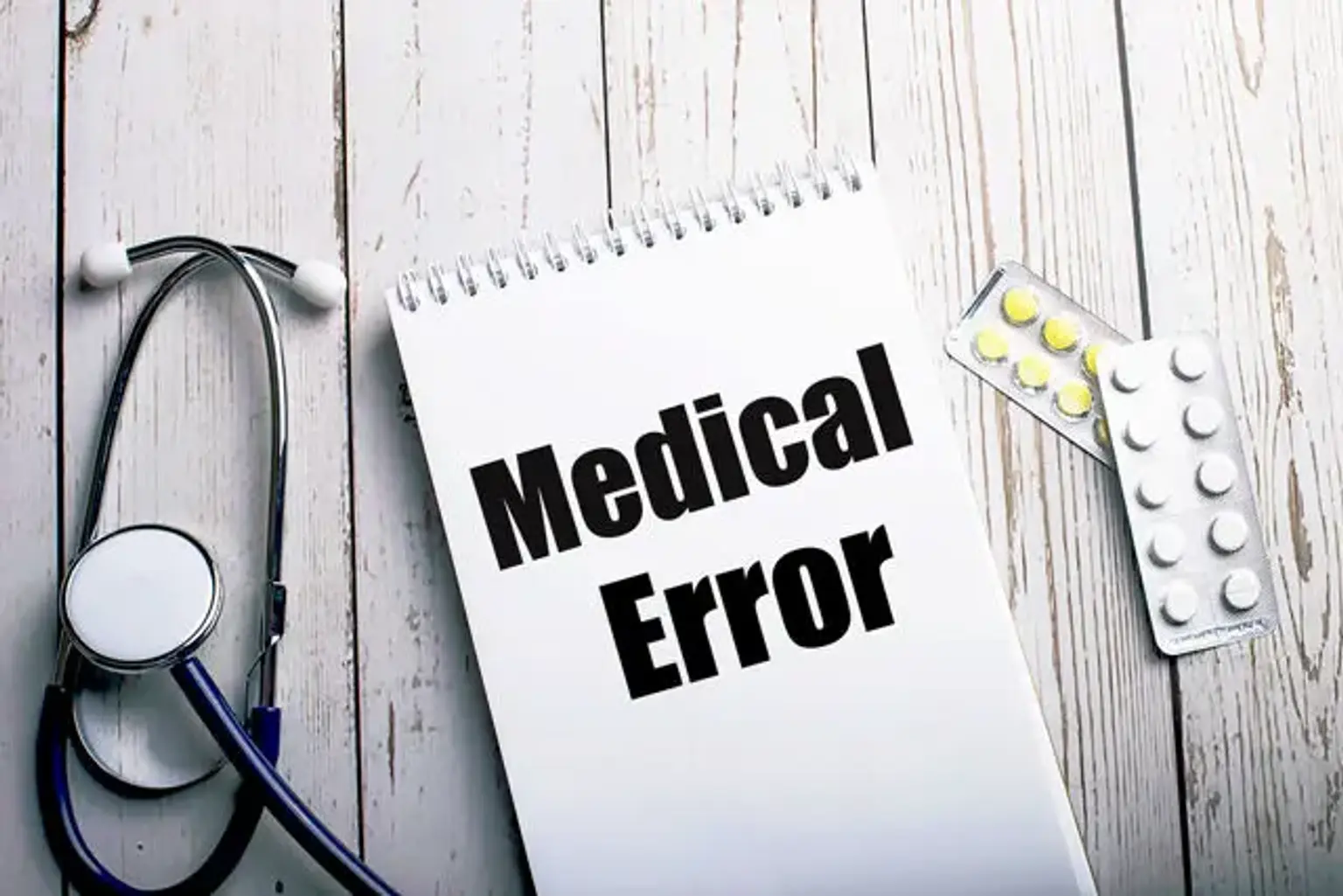Introduction
Misdiagnosis is a critical issue in global healthcare, affecting millions of patients each year. Diagnostic errors, ranging from misinterpreting symptoms to overlooking certain conditions, can lead to unnecessary treatments, delayed interventions, and even harm. Understanding how misdiagnosis impacts healthcare systems globally is essential to improving patient outcomes and healthcare safety.
In this article, we will delve into how global misdiagnosis affects healthcare, focusing on the medical error statistics by country, with particular attention to South Korea. We will explore the scope of the problem, the most common types of misdiagnosis, and the impact these errors have on patients. By understanding these statistics and their implications, we can better address this widespread issue and work toward safer, more effective healthcare systems worldwide.
The Scope of Misdiagnosis in Healthcare
Global Misdiagnosis Rates
Misdiagnosis is not an isolated problem but a widespread issue affecting healthcare systems across the globe. According to recent studies, the misdiagnosis rate ranges from 10-20% in various countries, with some estimates suggesting that as many as 12 million Americans experience a diagnostic error each year. These misdiagnoses can result in incorrect treatments, longer recovery times, and even unnecessary surgeries. The rate of misdiagnosis also varies depending on the condition, the healthcare system in place, and the region.
For example, diagnostic mistakes are more prevalent in complex conditions like cancer, neurological disorders, and infections. In fact, the most common types of misdiagnosis include missed diagnoses of heart attacks, cancers, and strokes, where the symptoms may overlap with less serious conditions, leading to an inaccurate diagnosis.
Healthcare systems around the world are working to reduce these rates, but it remains a significant challenge, particularly in countries with limited healthcare resources or those experiencing rapid technological changes. Countries with well-established healthcare systems, like the United States and the UK, report lower misdiagnosis rates, but there are still areas for improvement in the diagnostic process.
